David Naffis
Originally featured on ANA
Fraud is rampant on CTV, but it’s not impossible to avoid. In fact, if someone is looking at CTV inventory on a daily basis, it’s incredibly obvious. So obvious, that I can only imagine that many media buyers are willfully ignoring the signs in hopes of spending budgets on low cost inventory without getting called out for it.
As someone who has been in the digital advertising industry for a long time, the “hope it’s fine” strategy always comes back to bite. Working with CTV inventory for the past few years, I’ve found that there are some telltale signs to watch for, best practices that need to be put in place, and a few extra relationship-building steps that are enough to cut out almost all CTV fraud completely.
Get Better Protection
DoubleVerify reports that an unprotected CTV campaign typically spends more than 11% of their budget on fraud. Imagine saying to an advertiser that they could get 11% of their budget back to spend on higher performing impressions - every single one of them should say “yes.” Certainly, well established fraud protection like DV is valuable, but media buyers need to own the entire process, and that means understanding the methodology used to fight fraud.
Not all methodologies are created equal. At least one well-known CTV fraud protection service uses a methodology that I’ve seen fail time and again - using a flat IP list to flag inventory with little to no additional intelligence. Those attempting to game the system need only shift IP pools or constantly move them around to fly under the radar, which is an easy thing to do. Good brands and agencies pay for this “protection” only to have their ads shown on apps that are clearly not real, using technology that is not part of the mainstream ad-tech ecosystem.
Even when a media buyer has fraud protection, campaigns need to be reviewed to understand where, exactly, impressions were shown and how much fraudulent traffic made it through. Drop a fraud protection partner if they show a pattern of poor performance and trade up.
Map Out The Supply Chain
There’s a lot more media buyers can do to make the most of their CTV media spend. First, they need to know their supply chain. To start, they should look at log level data. This will provide buyers with all of the different vendors and technologies used along the supply chain. In addition to DSPs, SSPs, CTV networks and publishers, there are other technologies in play including ad servers. Every one of these suppliers should be vetted. If a vendor shows up that is unfamiliar, that’s a telltale sign that something is wrong. No good CTV publisher uses mysterious ad servers from far away countries. If an SSP, ad server or other technology isn’t familiar, try to find some names and contact info and get to know them. Not possible? Not worth spending money with them.
What’s more, there are some established ad servers that have very lax standards, allowing virtually anyone to use their software. Just because the ad server is known, doesn’t mean the publishers are being monitored or are acting above board. Similarly, media buyers let a lot of CTV publishers onto their own plans directly that are not vetted. While there are new CTV content providers emerging all the time, all of them should be researched and contacted.
Create a Real Picture of the CTVerse
The total scope of CTV impressions is not infinite. There are “only” 341 million people in the US, and they “only” watch about two hours of CTV per day. That’s the total CTV universe, but brands very often spend money that scales well beyond this reality because they’re lax with their math.
Accounting for target audiences and frequency capping, and the total scope of potential impressions gets even more limited. Advertisers need to start calculating the estimated number of potential impressions they can assume per day and stick to that, even if it feels too small - its reality. Anything beyond realistic numbers and media buyers are just fooling themselves with fake audience numbers.
Similarly, no respectable CTV publisher is going to take $6 CPM on programmatic when they get $20 CPM or more through direct sales channels. The idea that they’d have that much unsold inventory that they’d take a 70% pay cut is laughable. Yet media buyers turn a blind eye to this telltale sign day after day. Again, advertisers should create a realistic picture of CPM prices they can expect and deal with the fact that there is no real CTV inventory that comes at a steep discount. Specifically they should identify clearing rates through well known supply paths like a major SSP (although even that might be limited) or better yet talk to the supply partner directly to see what rates they are selling at directly. If Viacom is selling for $18 and a supply source is claiming to have it for $10 or less then chances are high that it's fraud.
Long term campaign performance suffers because money is being spent on garbage. Media teams willing to buy low quality get dropped in favor of partners that will offer more transparency and diligence. It’s better to dig into the data, make more personal connections, and have realistic goals about scale and pricing now to build a better media plan, and better performance down the road.

